There are probably quite a few people who want to try playing the cello, but the number significantly decreases when it comes to actually buying one.
This could be due to the following concerns:
“Can I really play it?”
“Isn’t it difficult to handle the instrument?”
“Aren’t cellos extremely expensive... tens of thousands of yen?”
“I don’t have the courage to go to a music store. Even if I did, I wouldn’t know how to choose one.”
“On the other hand, while online shopping is cheaper, I’m extremely worried about the quality.”
This blog will resolve all of those concerns!
Well, I would love to say so, but it’s not entirely possible to address everything. However, this blog can probably ease your concerns about "quality you’re extremely worried about”. Why? Because I am the one inspecting and shipping these instruments. I won’t lie. And I am quite confident in my inspection process.
I will directly answer your current concern: “Is it safe to buy a cheap cello?”
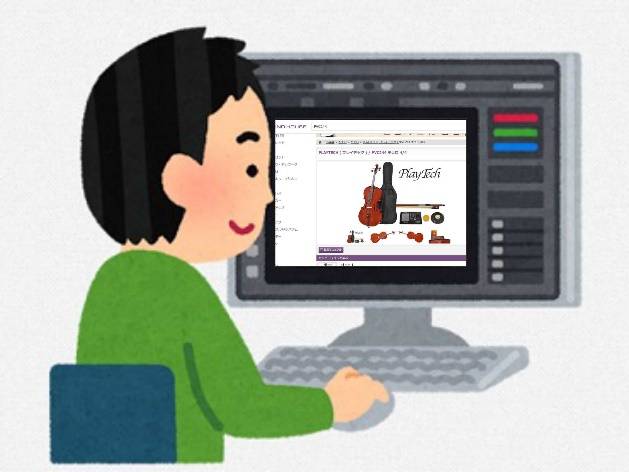
The answer is “Yes,” but only when it comes to Sound House’s cellos.
Don’t make a hasty purchase out of exhaustion after endlessly searching on flea markets or online auctions.
After reading this blog, order the PLAYTECH PVC244 cello from Sound House.
We also have a kit that comes with a hard case.
PLAYTECH / PVC244 Cello Hard Case Set
And this price! It’s nothing short of affordable.
While I won’t go as far as to say that this is the best cello you can buy at this price in Japan, please carefully consider this after reading through this post.
■ Inspection Begins with Ensuring the Safety of the Packaging Box
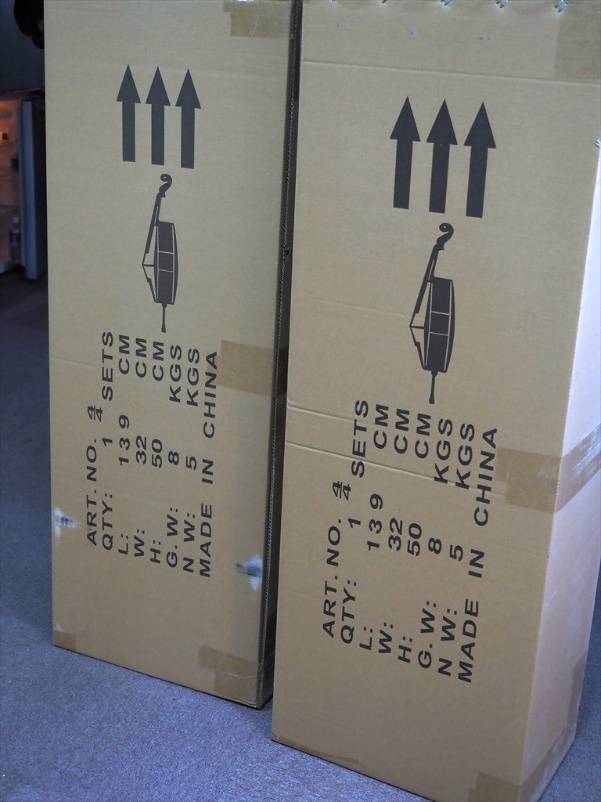
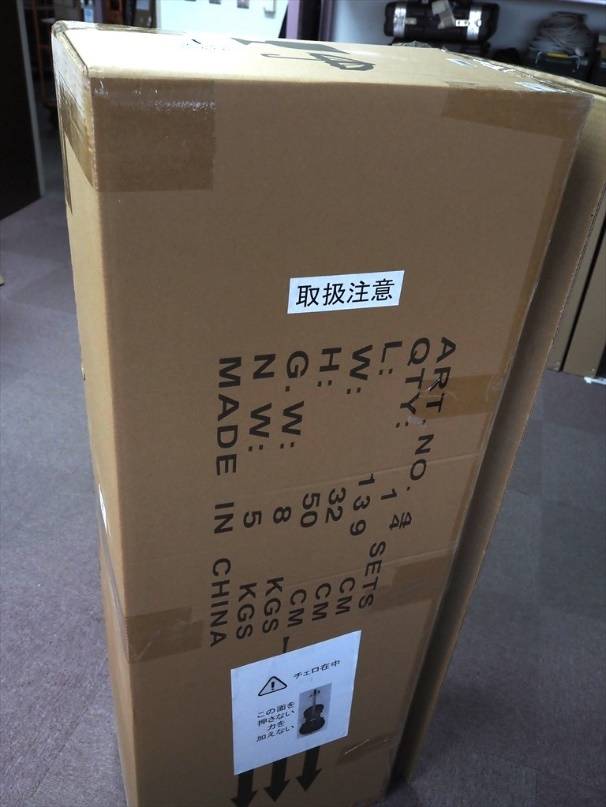
The cello arrives in a rectangular box. On this box, we put ‘Handle with Care’, ‘This Side Up’, and ‘Contains Cello - Do Not Press This Side’ labels.
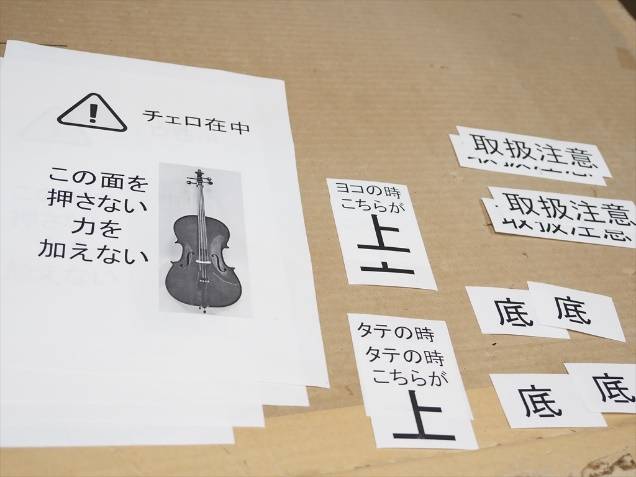
Isn’t it enough to just use the common ‘Fragile’ sticker?
Human psychology is quite interesting; people are more likely to notice unfamiliar labels than those they are used to seeing.
In other words, these labels should alert the handlers that this item is truly ‘Handle with Care’. With these labels, it’s almost guaranteed that the box will be handled with appropriate caution.
By the way, it’s recommended to keep the box for a while after it arrives.
■ Opening the Box and Taking Out the Instrument
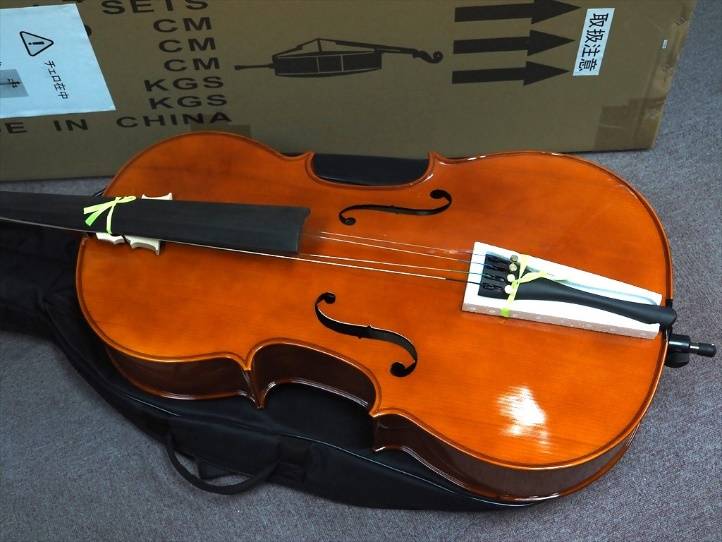
When you order a cello online, it typically arrives like this.
The bridge is not set up, which means it is not tuned. Some sellers explain this as ‘for safety reasons’, and while that has some merit, it’s not entirely convenient for beginners who are handling a cello for the first time. The position to set up the bridge is not even marked, so asking beginners to set up the bridge and tune it with an unstable bridge is, frankly, a bit much.
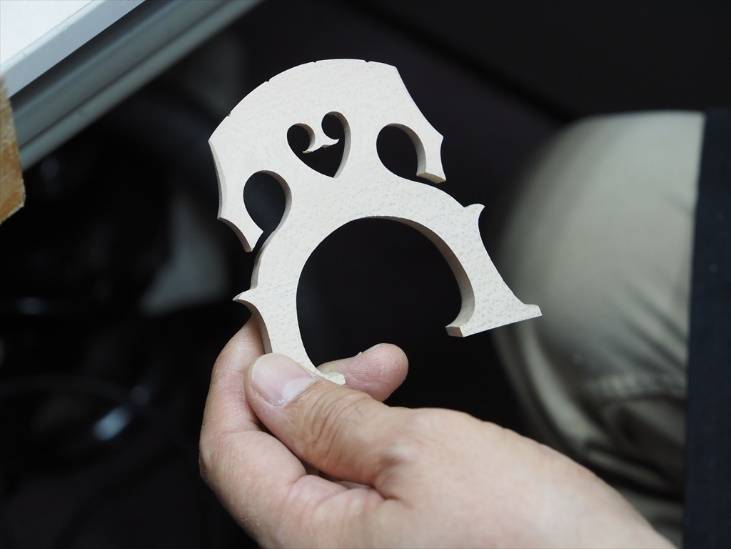
The condition of the bridge is not bad but also not perfect. The picture below shows an adjusted bridge. While the difference may not seem extreme in the picture, the instrument is easier to play and sounds better after the adjustment and inspection.
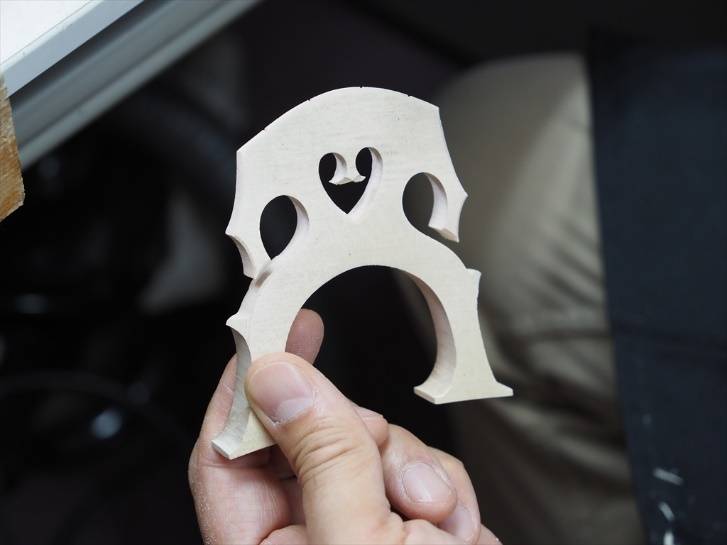
The bow does not come with rosin applied, so you will need to apply it before playing.
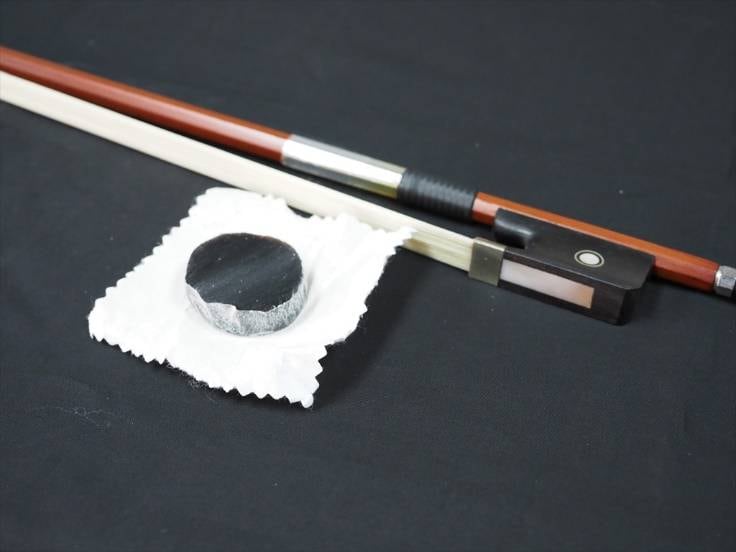
The endpin is not sharpened.
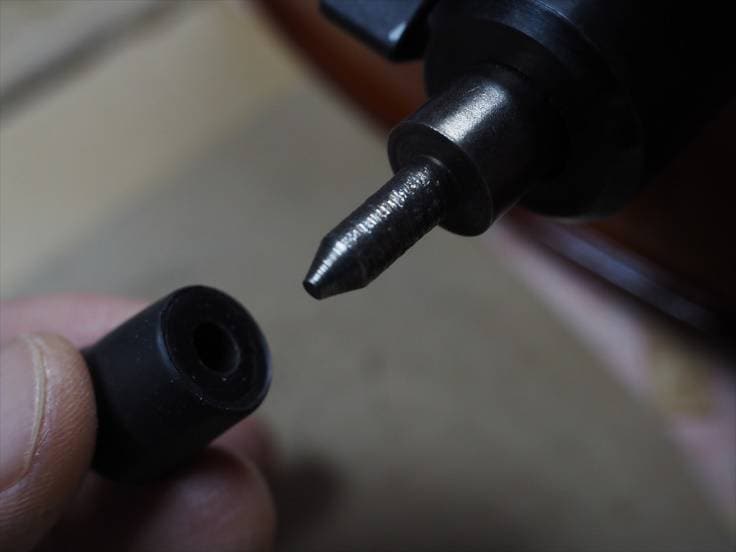
While the cello in this factory-direct state can be played, beginners may find increasing dissatisfaction with its condition over time. Initially, beginners may not notice these issues, but they become apparent with continued use.
■ Is the Sound House PLAYTECH PVC244 Cello Reliable?
You don’t need to worry.
- The bridge is set up properly.
- The cello is tuned (though it might be slightly off upon arrival).
- Rosin is applied to the bow.
- The endpin is sharpened.
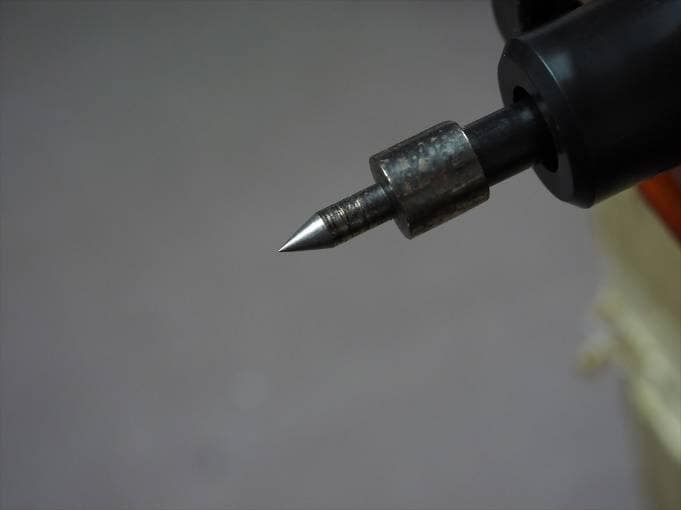
There are several other inspection points. Let’s look at some of the main ones.
■ Sound Post Check
When sharpening the endpin, it is removed, allowing us to see inside the cello through the endpin hole.
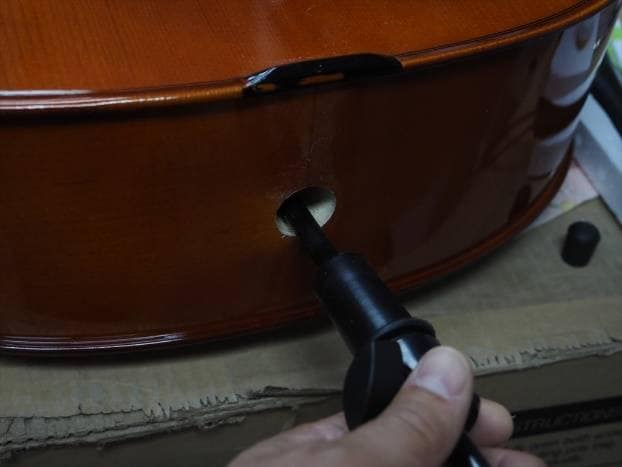
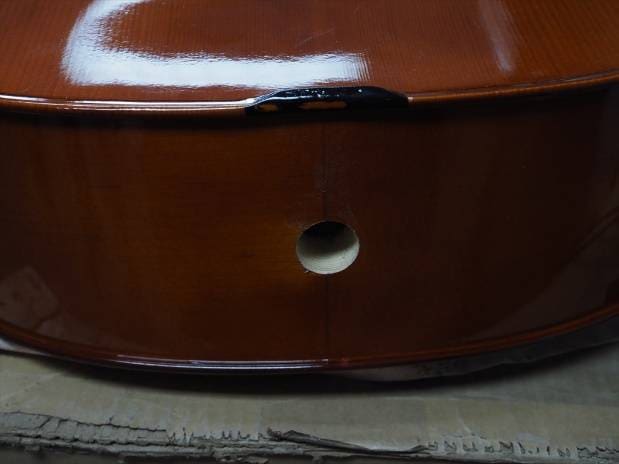
Here we can see the state of the sound post through the endpin hole with light shining through the f-holes.
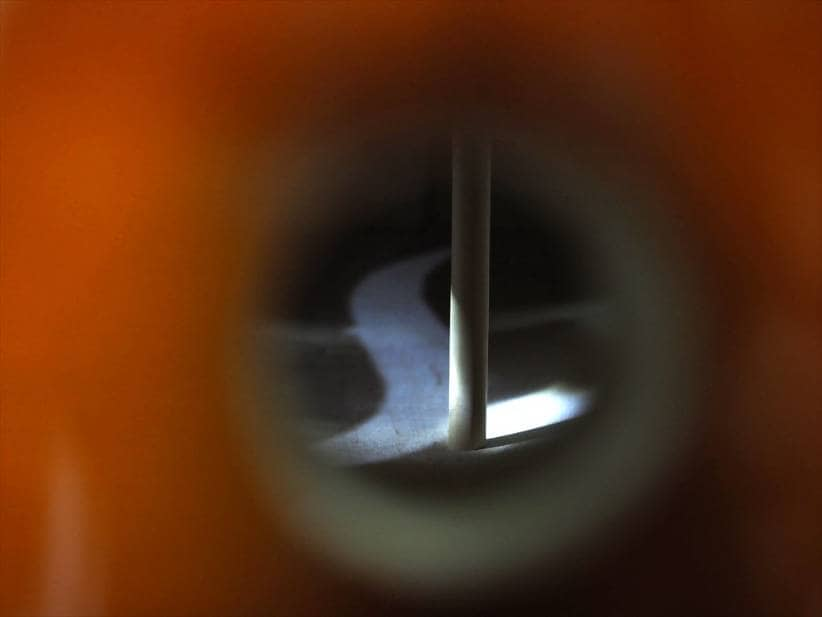
We check the position and fit of the sound post and make adjustments with a sound post setter if necessary.
If the sound post is particularly poor, we may replace it with a new one.
■ Peg Adjustment
We check the tightness of the pegs and make adjustments as needed. If the holes for the strings are not positioned correctly, we re-drill them to ensure proper placement.
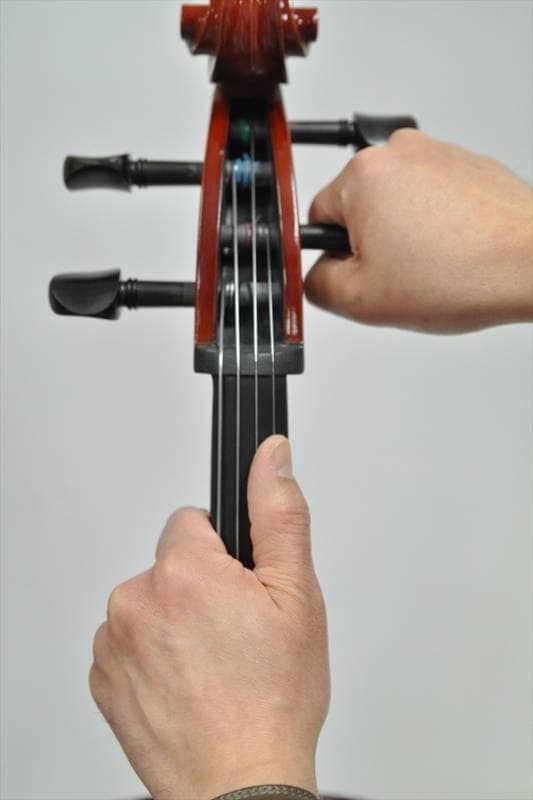
■ Upper Nut
The string grooves in the upper nut significantly affect the playability and sound quality.
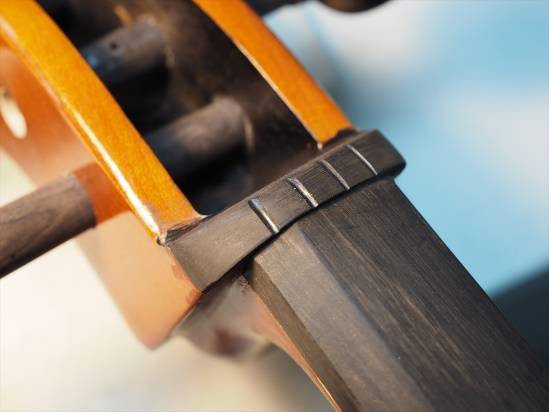
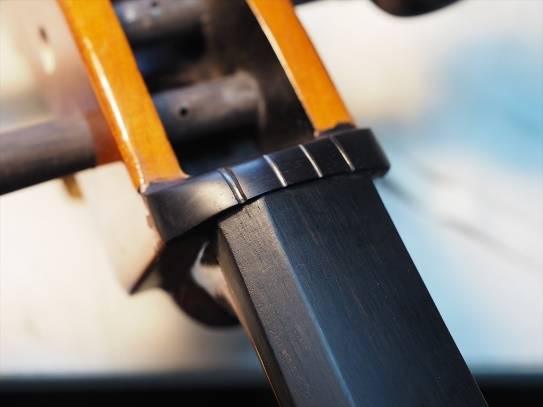
As shown in the picture on the right, we process and adjust it to be as optimal as possible.
How does it look? The glossy black finish gives it a ‘well-done’ look, but this adjustment makes pressing the strings with the left hand much easier, reduces tension, and results in a richer sound.
■ Bridge Adjustment
The bridge also greatly impacts the sound quality.
It is a surprisingly complex part with many areas that need to be precisely shaped. Proper adjustments can significantly improve sound quality.
We shave off the areas marked with pencil lines in the picture and shape the entire bridge.
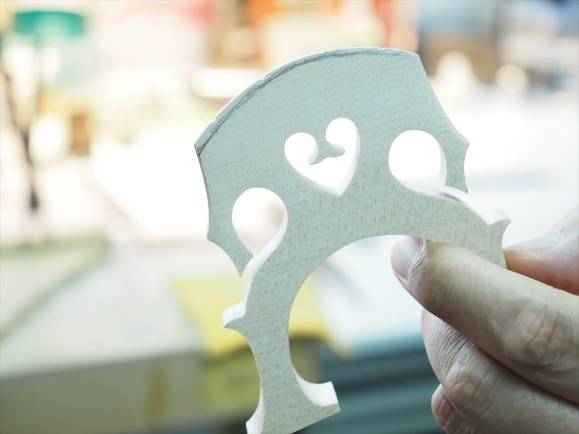
After shaping and filing various parts of the bridge, we string the instrument and check if it can be tuned and produce sound.
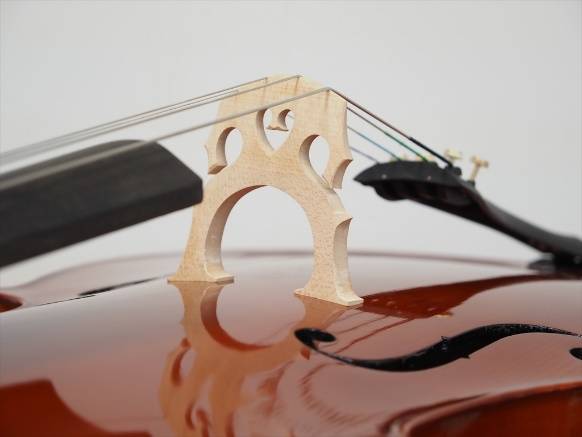
We then let the cello rest with the strings tuned for half a day to a full day before final preparation and packing.
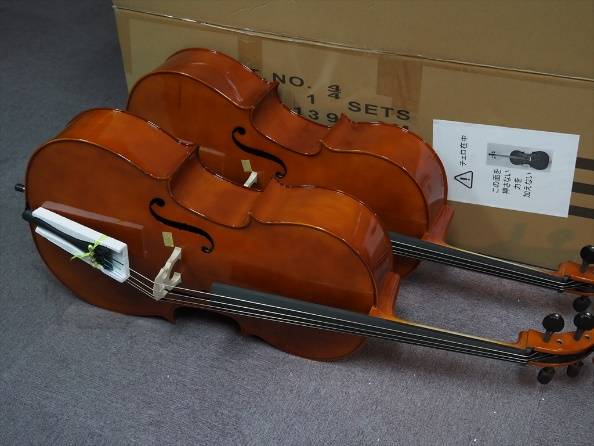
■ Protection and Packaging
After ensuring that the instrument has no issues from resting for half a day to a full day, we secure the bridge to prevent it from falling over if the strings loosen during transport.
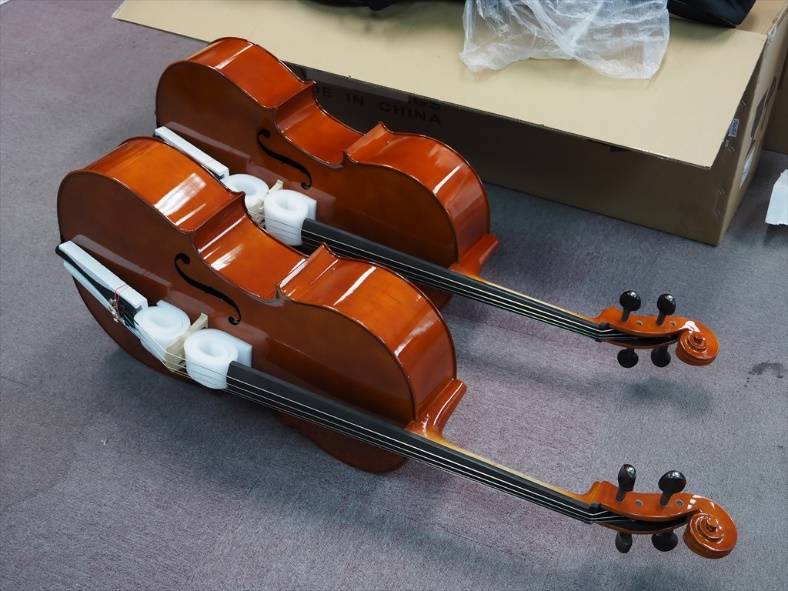
Next, the cello is placed in a soft case and then packed in a box. As mentioned earlier, the bridge is left standing during shipment.
Given the reduced clearance within the box and the thickness of the soft case padding, some may worry about the bridge almost touching the box.
We do reinforce the packaging, but regarding how it looks, please take a look when you purchase our cello yourself because I’m not posting an explanation or picture of it. As of July 2024, Sound House is likely the only company taking packaging measures to protect instruments against damage during shipping.
We won’t claim that Sound House cellos are the safest among all cellos sold online, but we hope that upon receiving and using your instrument, you will feel confident in your choice. This would be the greatest satisfaction for our inspection team.
Recall the safety measures for the box mentioned at the beginning.
Anyone who can read Japanese or recognizes the cello will avoid pressing or stepping on the areas marked with cautionary notes.
Additionally, we reinforce the inside of the box, making damage from normal shipping methods highly unlikely.
While transport damage is always a possibility, it’s improbable that an instrument, which arrived safely from overseas in a container, would suffer damage during domestic land transport.
■ Conclusion
As described, the inspection process, including adjustments, protection, and packaging, takes a considerable amount of time.
Setting up the bridge and tuning the strings can be quite challenging for beginners. While there is enjoyment in these tasks, it’s preferable to have the preparation done for you.
Save your efforts for tuning practice and start enjoying the sound as soon as possible. The purpose of Sound House’s inspection process is to help beginners reach the point of producing sound quickly.
“I don’t mind if a cheap cello breaks; I don’t even know if I’ll stick with it.”
I’ve heard these words many times. As an inspector, it’s disheartening. There are indeed many expensive cellos out there. Some people believe that paying a lot for a high-end instrument is the ultimate goal. Others think that spending money to repair a cheap instrument is inefficient, so they throw it away. Is ‘efficiency’ really that important? I hope to see fewer people with this mindset.
Why not aim for the best sound from the most affordable cello? Whether it’s for a short period or a lifetime, treat the instrument you choose as your ultimate one and cherish it. For customers who select their instruments with this mindset, I will continue inspecting the most affordable cellos (although I can’t definitively say they are the cheapest) in Japan.
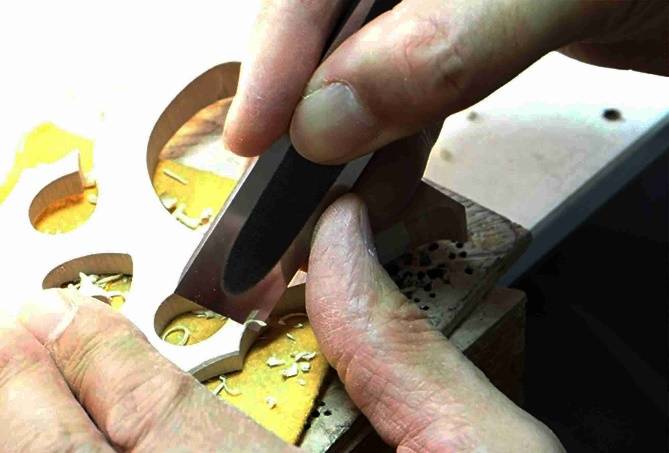
We deliver good-quality, affordable instruments safely. Enjoy playing the cello.





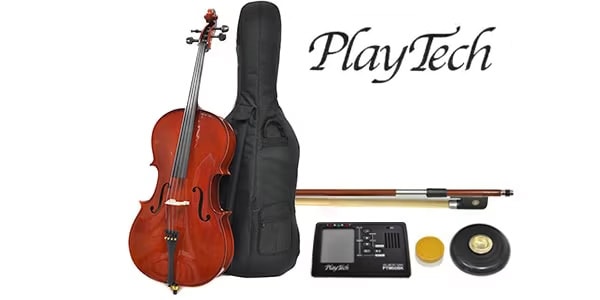
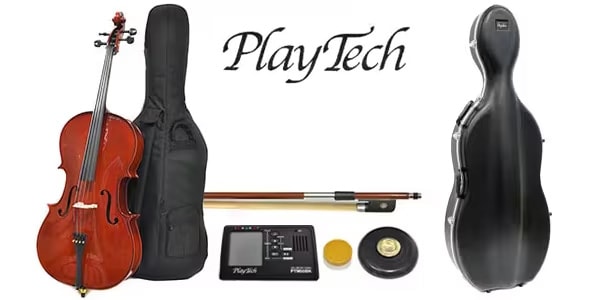

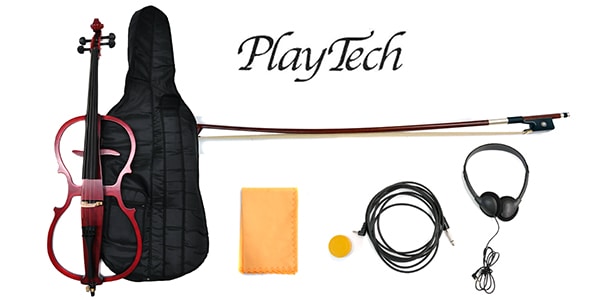


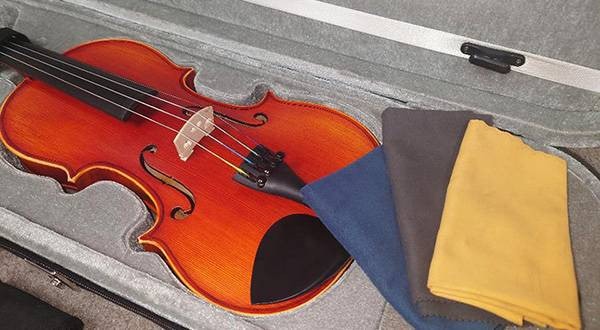
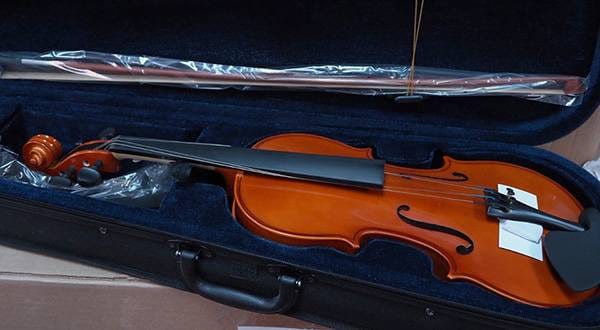
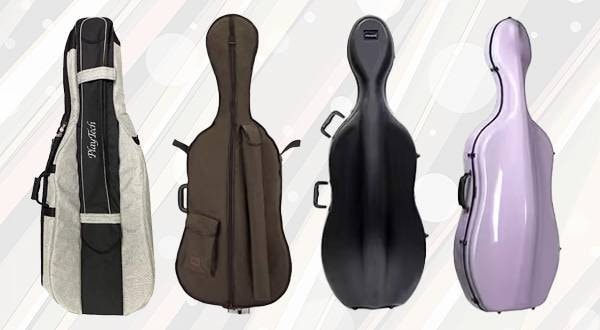
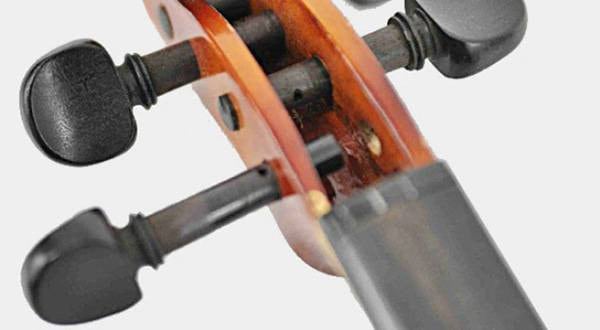
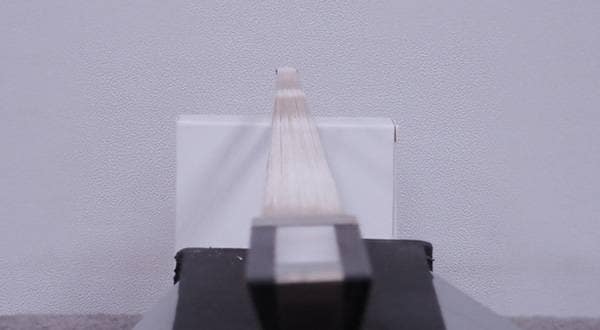
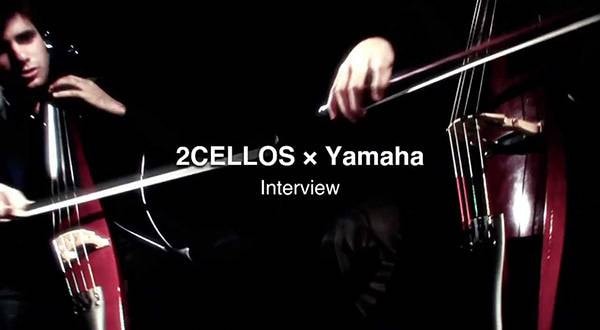
![[Strings] An Introduction to Recommended Violin Tuners](/contents/uploads/thumbs/2/2024/2/20240221_2_25757_1.jpg)
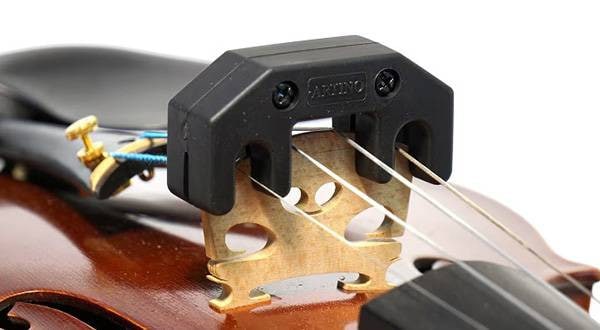
![[2023 Edition] Types of Cello Strings and Recommended Cello Strings!](/contents/uploads/thumbs/2/2023/8/20230824_2_23733_1.jpg)


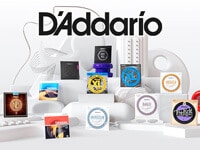 DADDARIO特集
DADDARIO特集
 バイオリンスタートガイド
バイオリンスタートガイド
 PLAYTECH 弦楽器
PLAYTECH 弦楽器
 チェロの弓の調整と松脂の塗り方
チェロの弓の調整と松脂の塗り方
 チェロの調弦 チューニング
チェロの調弦 チューニング
 チェロの各部名称と置き方
チェロの各部名称と置き方















